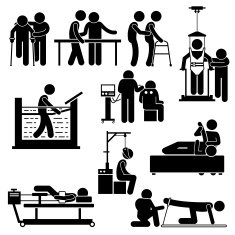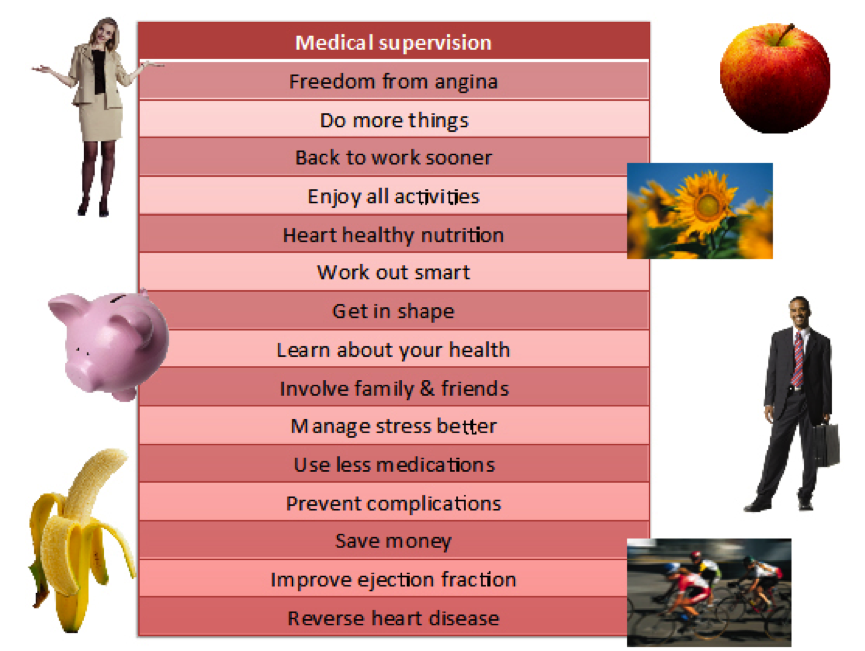What Does Narconon Africa Mean?
What Does Narconon Africa Mean?
Blog Article
All About Narconon Africa
Table of ContentsThe Facts About Narconon Africa UncoveredNarconon Africa Fundamentals ExplainedThe Definitive Guide to Narconon AfricaThe 8-Minute Rule for Narconon Africa9 Easy Facts About Narconon Africa ShownNarconon Africa Things To Know Before You Get ThisHow Narconon Africa can Save You Time, Stress, and Money.
In a collection of documents with Manudeep Bhuller and Katrine V. Lken, we get rid of these information challenges and the nonrandomness of imprisonment, providing new insights into exactly how imprisonment impacts regression, employment, children, and criminal networks - copyright addiction recovery. Figure 1 Our job studies the results of incarceration in Norway, a setting with 2 essential advantagesWe can additionally link this info to various other family members, including children and brother or sisters. Furthermore, we know on co-offending that enables us to draw up criminal networks for observed criminal offenses. Second, we can take advantage of the random job of criminal cases to judges that vary in their tendencies to send out offenders to jail.
Some judges send offenders to prison at a high rate, while others are more lenient. We measure a judge's stringency as the typical incarceration rate for all various other instances a court manages, after regulating for court and year set impacts, which is the degree of random job. This quasi-random project of judge stringency can be utilized as a tool for incarceration, as it highly predicts the court's choice in the current case, yet is uncorrelated with various other case characteristics both by layout and empirically.
Unknown Facts About Narconon Africa
Features of detainees, consisting of demographics and criminal offense classifications, are broadly similar in Norway and other countries, consisting of the United States, with the exceptions that the United States murder rate is much higher, and race plays a larger role there. What attracts attention as different, particularly compared to the United States, is the prison system.
Number 2In Norway, the average time invested in jail is a little over six months, which resembles most other Western European countries. This contrasts with typical United States prison time of almost three years, which is in huge part the factor the United States is an outlier in its imprisonment rate compared to the remainder of the world [Number 1]
The Greatest Guide To Narconon Africa
This provides far more splitting up between small and hardened criminals than exists in the United States. There is no congestion in Norwegian jails and much better individual security, with each detainee being assigned to their very own cell and a higher inmate-to-staff ratio than in the United States (https://gravatar.com/narconon0346). Prisons in Norway likewise provide well-funded education, drug therapy, psychological wellness, and work training programs
Our research study on the results of imprisonment on the offender, using the random project of judges as an instrument, yields three crucial searchings for. Initially, imprisonment discourages better criminal actions. We locate that imprisonment lowers the chance that an individual will reoffend within 5 years by 27 percent points and reduces the matching variety of criminal costs per person by 10 fees.
The Ultimate Guide To Narconon Africa
We discover sizable decreases in reoffending likelihoods and cumulative charged criminal activities also after defendants are released from jail. Our 2nd outcome is that bias due to selection on unobservable private features, if ignored, results in the erroneous conclusion that time spent in prison is criminogenic. If we merely contrast criminal accuseds sent out to jail versus those not sentenced, we find positive associations between incarceration and succeeding criminal offense.
This stands in contrast to our analysis based on the random project of courts, which locates an opposite-signed outcome. Third, the reduction in criminal offense is driven by individuals who were not working prior to incarceration. Amongst these individuals, imprisonment increases involvement in programs guided at boosting employability and minimizing regression, and this inevitably elevates work and incomes while inhibiting criminal actions.

Jail time creates a 34 percent factor boost in involvement in job training programs for the formerly nonemployed, and within 5 years their work rate increases by 40 percentage points. At the very same time, the probability of reoffending within 5 years is cut by 46 percentage factors, and there is go a decrease of 22 in the typical variety of criminal costs.
Narconon Africa Can Be Fun For Anyone

A possible explanation for the distinction is that Norway's prison system varies noticeably, both in terms of prison-term size and jail conditions, from the United States prison system. While understanding the effects of imprisonment on the culprit is an important very first step, catching spillover results is likewise vital for evaluating criminal justice policy and making effective jail systems.
Narconon Africa for Beginners

Common the very least squares approximates reveal that children of incarcerated daddies are 1 percent factor most likely to be billed with a criminal activity, about a mean of 13 percent, and reveal no impact on institution grades. Utilizing our judge stringency instrument, we discover no analytical proof that a daddy's imprisonment affects a child's own criminal offense or institution qualities, but we are not able to dismiss modest-sized impacts.
Rumored Buzz on Narconon Africa
We define criminal teams based on network links to prior criminal cases. Our analysis yields 3 primary searchings for. When a criminal network member is put behind bars, their peers' likelihood of being charged with a future criminal offense lowers by 51 portion points over the following 4 years. Having an older brother put behind bars lowers the likelihood his younger brother will be charged with a crime by 32 percent factors over the following 4 years.
Report this page